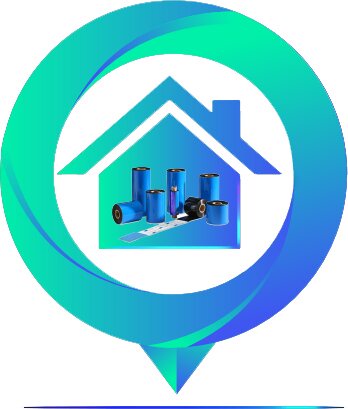In today's fast-paced and interconnected world, the concept of "work" has evolved significantly. No longer confined to the traditional 9-to-5 office environment, work has transformed into a dynamic and multifaceted endeavor that often requires individuals to wear multiple hats. One of the essential tools in this new landscape is the use of labels – those descriptive identifiers that help define roles, responsibilities, and expectations. Let's delve into the fascinating realm of labels in the modern work landscape.
Defining Labels: Beyond a Name Tag
At its core, a label is a way to succinctly describe a person's role, expertise, or responsibilities. However, labels encompass much more than just words on a business card. They encapsulate a person's identity within an organization, offering insight into their skills, experience, and contributions. In today's diverse and collaborative work environments, labels play a crucial role in facilitating effective communication and understanding among colleagues.
The Multifaceted Nature of Labels
In the past, labels were often straightforward and limited. An employee might have been labeled as a "manager," "developer," or "designer." However, the modern work landscape has shattered these silos. Roles have become more fluid, and individuals frequently take on tasks and responsibilities that extend beyond their initial label.
For example, a "software engineer" might also contribute to project management or collaborate on design decisions. A "content writer" might possess skills in SEO and social media marketing. These expanded roles showcase the versatility of today's professionals, demonstrating that labels are no longer rigid boxes but rather dynamic descriptors that reflect a person's evolving contributions.
Navigating the Benefits
- Enhanced Communication: Labels provide a common language within organizations. Colleagues can quickly grasp each other's areas of expertise, making collaboration smoother and more efficient.
- Skill Visibility: Labels can highlight an individual's diverse skill set. This can lead to new opportunities, collaborations, and professional growth that might not have been apparent otherwise.
- Adaptability: As roles evolve, labels help individuals pivot and embrace new responsibilities. This adaptability is crucial in an era of rapid technological and market changes.
- Empowerment: The right label can empower individuals by recognizing and acknowledging their contributions. It boosts morale and motivation, fostering a positive work environment.
Overcoming Challenges
- Label Stigma: Labels can sometimes lead to assumptions or stereotypes. Overcoming these biases requires open communication and a willingness to challenge preconceived notions.
- Changing Landscapes: Labels can become outdated as roles change. Regularly reviewing and updating labels helps align them with the evolving work landscape.
- Defining Identity: While labels offer insight, they shouldn't define a person's entire identity. It's essential to recognize that individuals are more than their job titles.
Embracing Fluidity and Growth
In conclusion, labels have transformed from rigid descriptors into flexible tools that enable professionals to navigate the complexities of the modern work landscape. Embracing these dynamic identifiers means acknowledging that individuals possess multifaceted skills and can contribute in various capacities. By fostering a culture of open-mindedness and adaptability, organizations can harness the power of labels to enhance collaboration, communication, and individual growth. As we continue to evolve, let's remember that while labels can help define us, they should never limit us.
Visit:- Work on Labels


No comments yet